-
The invention of diuretics
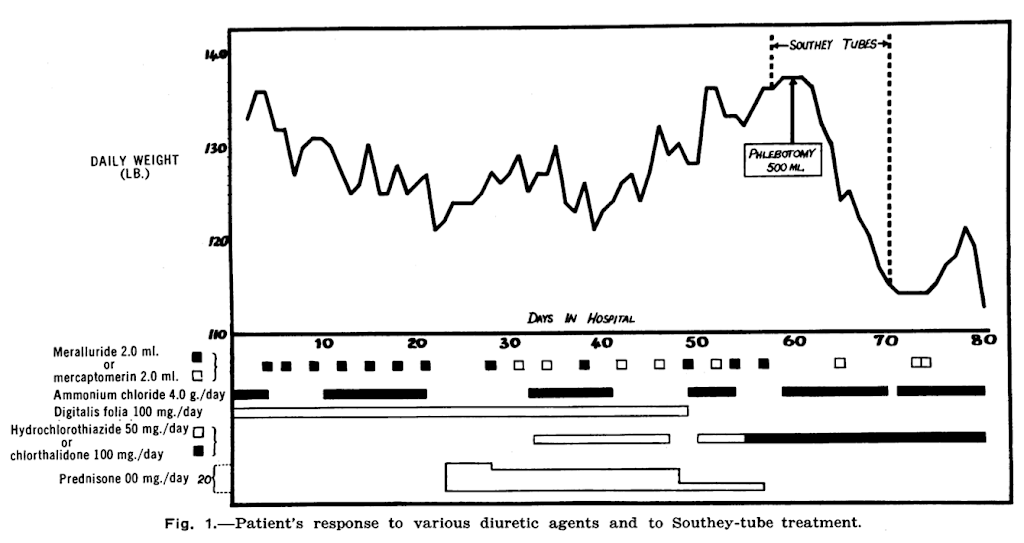
Dropsy becomes treatable in the 1960s Failure of pharmacological therapies in a woman with heart failure in 1964, right on the verge of the introduction of loop diuretics. During the 1800s it became clear that dropsy (extensive oedema, ascites, pleural effusions) was not a single disease, but a late feature of failure of the heart,…
-
Dialysis disequilibrium
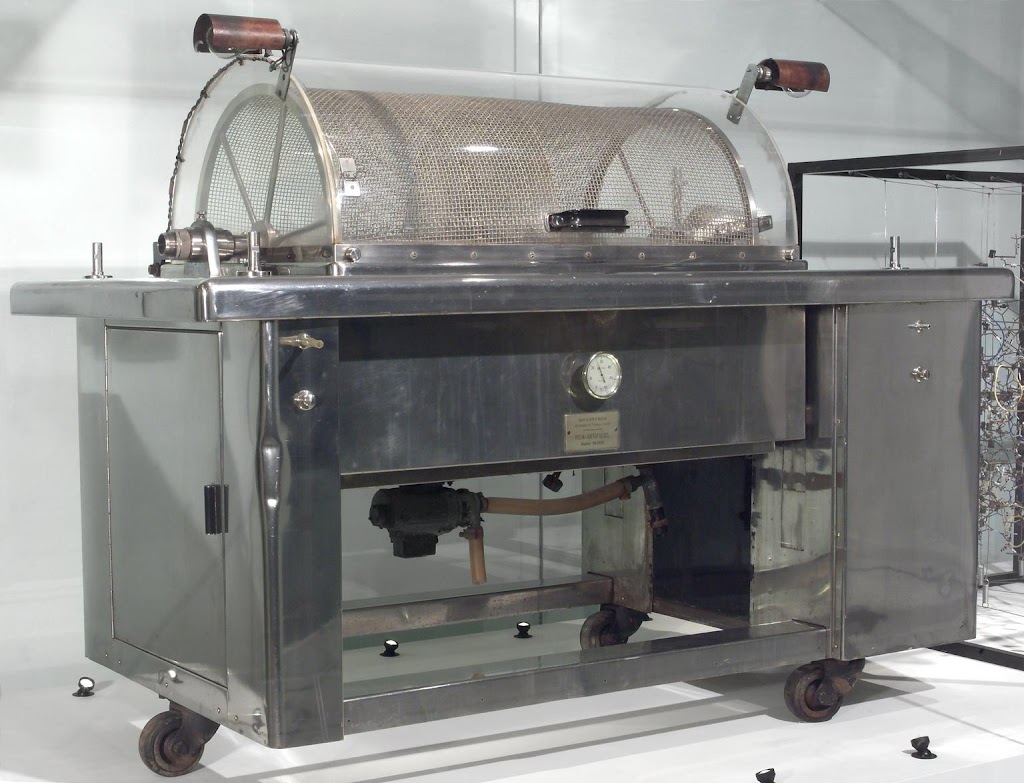
The shock of late, rapid dialysis – Glasgow, 1962 The early rotating drum dialysers had a large surface area, and because of the difficulties of doing each dialysis, coupled with the need for one-off vascular access each time until the Scribner shunt came into use, intervention was late, and dialysis sessions were infrequent and long.…
-
Hundreds of local stories in the development of dialysis
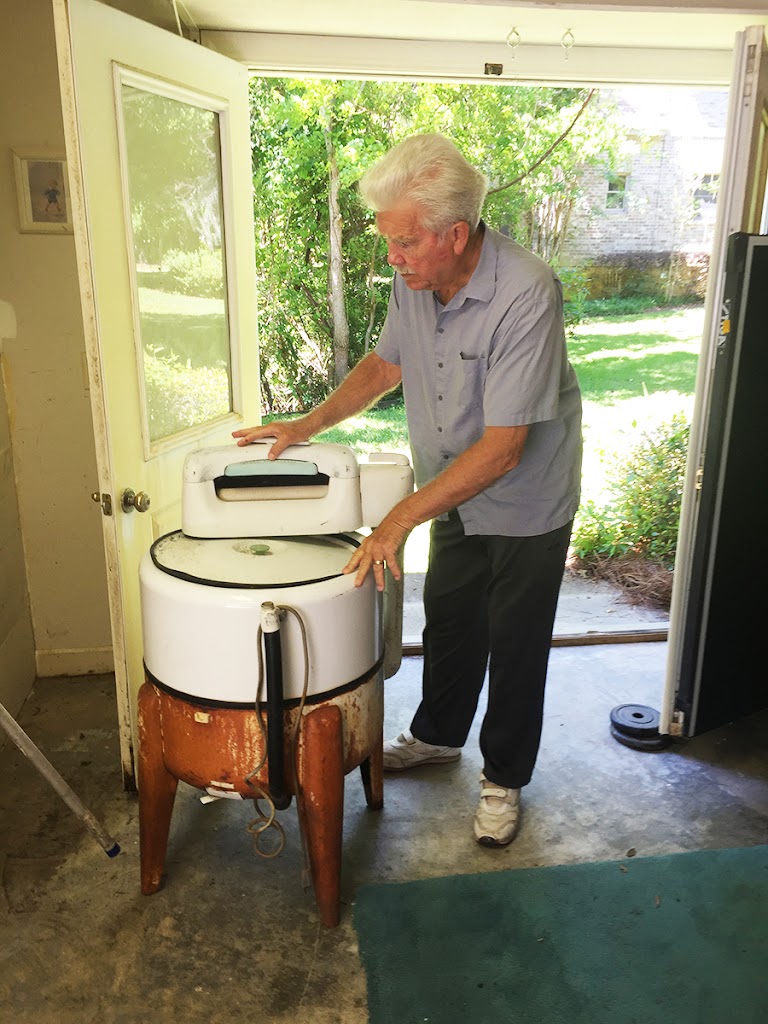
Illustrated in 1960s Augusta, Georgia An account at the coincidence of racial desegregation and the first hints of feasibility of long term dialysis and transplantation. George Van Giesen and Maytag washing machine (with permission of the author). George Van Giesen entered private practice in Augusta in 1963 from a two-year nephrology/metabolic fellowship in Dallas under…
-
High blood pressure becomes treatable
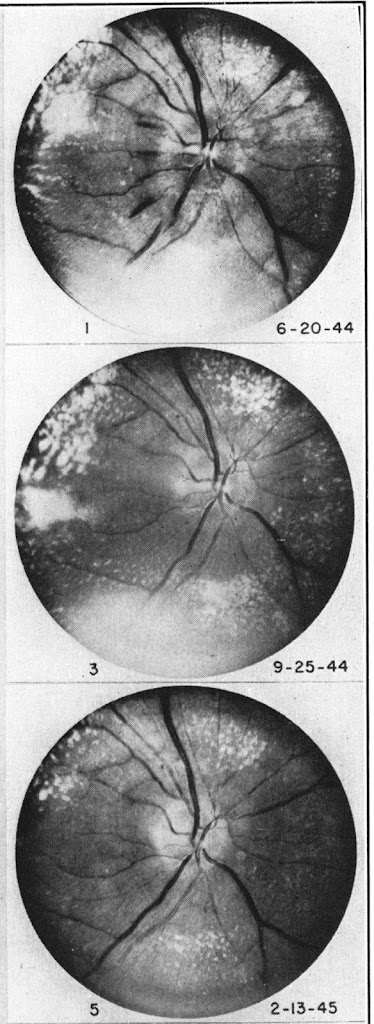
The first unequivocally useful drug, 1964Robust and practical sphygmomanometers (mercury and aneroid) became available in the early 1900s, but regular recording of blood pressure did not become widely routine until the 1920s and 30s. Until then, palpating the pulse offered the only insight, except that ophthalmoscopy could show severe hypertensive retinal changes, neuro-retinitis albuminurica (Figure).…
-
Renal biopsy becomes mainstream, 1954

Detail at last Ambrose Tardieu for Pierre Rayer (1840) (Wellcome Images V0009820ER) For most of the first 100 years of modern nephrology, appearance by eye at autopsy was the closest you could get to seeing the structural detail of kidney disease. But between 1830 and 1870 there were key technical improvements in the quality of…
-
1961: threshold of the new nephrology
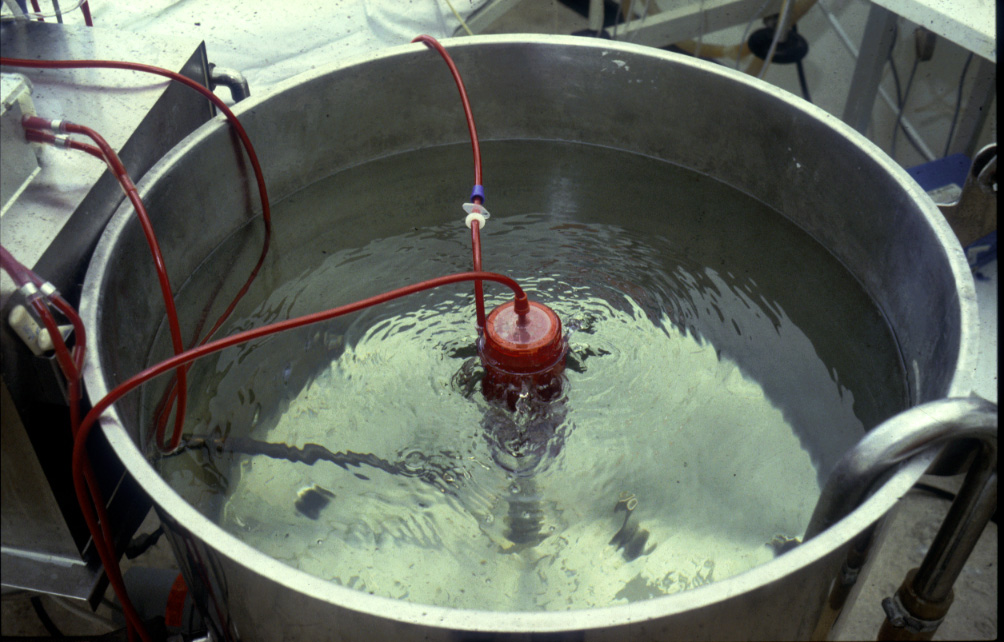
A symposium in Edinburgh on 25th March 1961 was one of the first in the UK to consider the full new range of clinical nephrology. Twin coil artificial kidney (Kolff-Travenol dialysis machine) in Edinburgh Dialysis for acute renal failure (ARF, AKI)The excitement in the first session is palpable. Nobody at this meeting was negative about…
-
Home haemodialysis – how far can it go?

The home dialysis expansion of the 1960s and 70s Olga Heppel – one of the UK’s first home haemodialysis patients at home in 1964. Watch the movie at britishpathe.com. It came as a surprise to many that haemodialysis could be more than a short-term treatment. But pressures on capacity were immediate, varying methods being used…
-
The perils of Salt
Dialysis finally forced recognition of its importance in kidney disease The Amazonian Yanomami Indians famously manage on only 50mg (1 mmol) of sodium chloride per day, while in more developed societies we struggle to keep our average intake below 100 times that level. Humans probably mostly evolved on diets more like that of the Yanomami.…
-
Obstetric renal failure
Alarming emergency and important public health marker Methodist Hospital, Dallas, 1966 (credit at foot of post) In the early days of dialysis obstetric renal failure was a major part of the work of a renal unit. Acute renal failure was estimated to occur in 1 in 1400 to 1 in 5000 pregnancies in the UK…
-
Twins in transplantation
Groundbreaking – and lucky to have one John Merrill shows the Herrick twins an early dialysis machine On December 23rd 1954, 24 year-old Richard Herrick became the first successful kidney transplant recipient in Boston, Massachusetts. He was lucky both to be in Boston, and to have an identical twin brother Ronald who was prepared to…
-
Diets for chronic uraemia
1949-1993: Addis to Giovannetti It didn’t work for her: a 46 year old female patient who stopped her diet. Note that it was lowering urea but not creatinine. From Shaw et al 1965, by kind permission of OUP. Low protein diets were shown to prolong the life of uraemic rats in experiments in the 1930s,…
-
The record holders
A few patients have been on renal replacement therapy for over 45 years The Royal Free programmeThis photograph of ‘The Lucky Thirteen’ taken in 1965 shows patients treated at the UK’s first centre for long-term dialysis at the Royal Free Hospital, London, with their consultant Dr Stanley Shaldon (centre, front row). Olga Hepple, left of…
-
Transplantation takes off in the mid 1960s
Years of experimentation finally pay off Roy Calne (white coat) with dogs Tweedledee, Titus and Lollipop, recipient of the first successful long-term organ transplant, using azathioprine (Copyright of and withpermission from Sir Roy Calne – link to source) Transplantation only began to be a real prospect for patients with chronic renal failure in the mid…
-
Who shall live? Patient selection for dialysis
Dustman before Duke? Title from the 1965 NBC documentary about dialysis in Seattle The first patient with end stage renal failure deliberately taken on for dialysis was Clyde Shields, who was started on treatment by Dr Belding Scribner in Seattle in 1960. A couple of years later several more patients were being kept alive in…
-
Hepatitis outbreaks run through renal units: 1964-72
Staff as well as patients die, and new patients are turned down in affected centres From about 1964 there was increasing excitement that dialysis might become a major life-saving treatment for chronic renal failure, not just for acute renal failure. Transplantation was also in its infancy, but despite some promise, overall success rates at this…